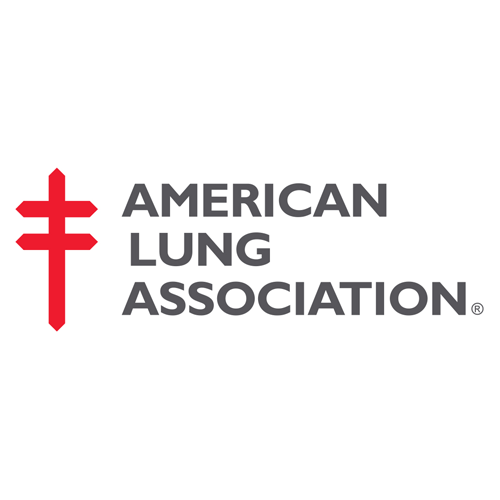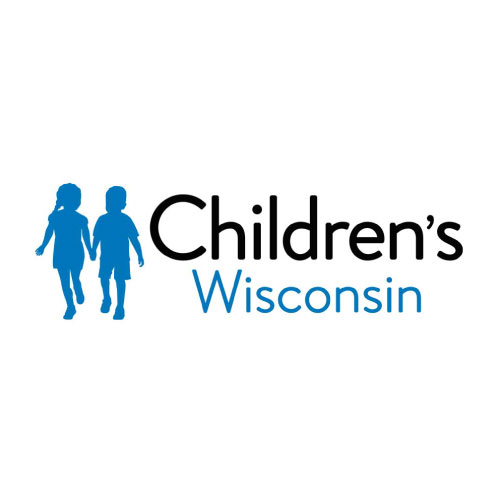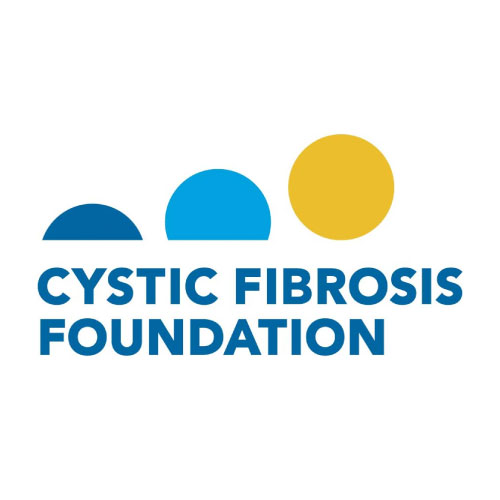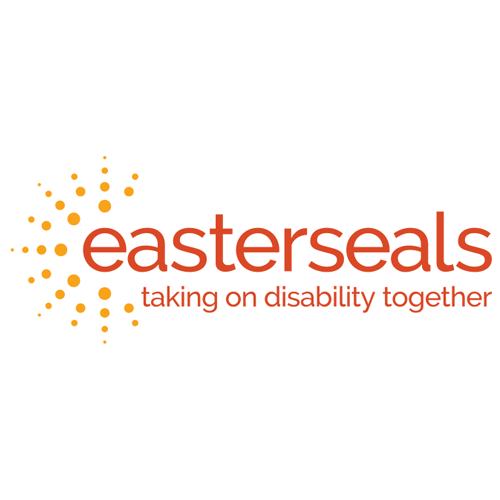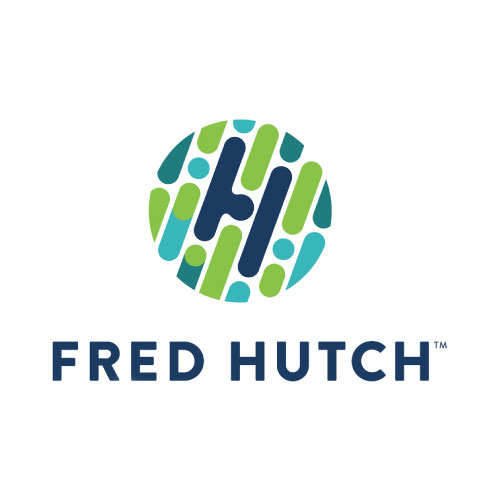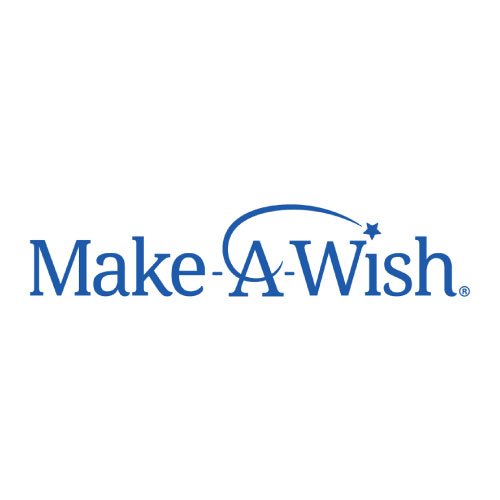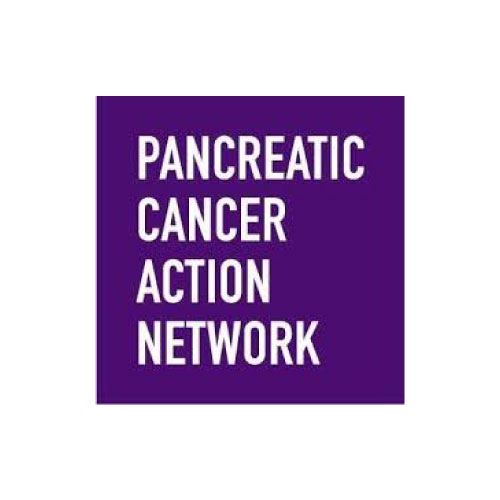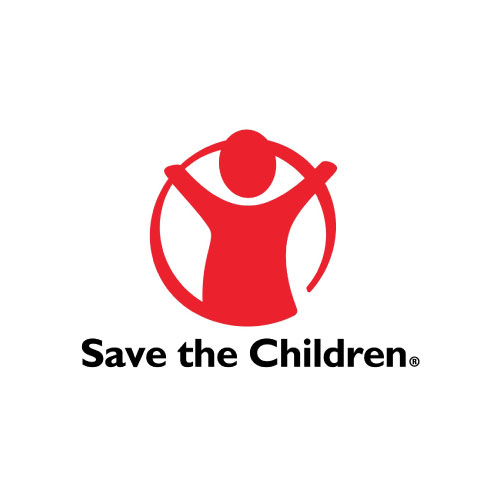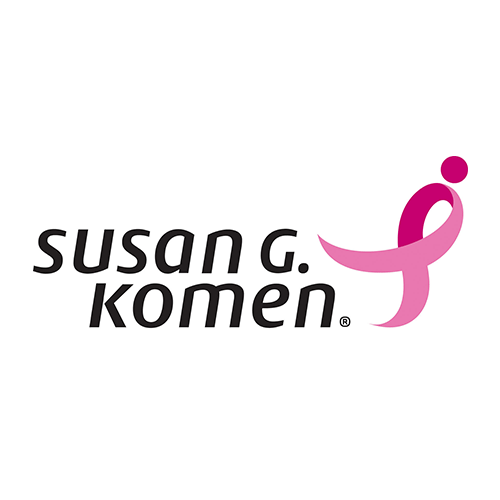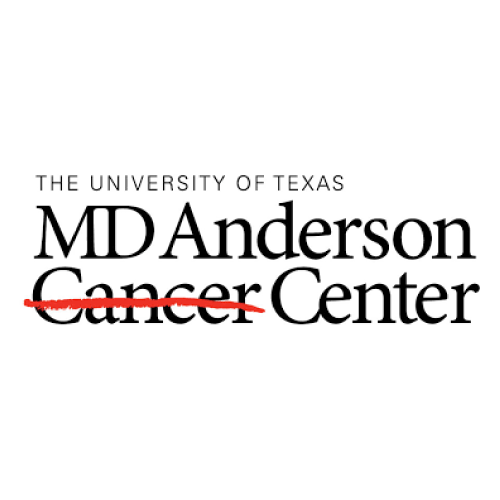Providing nonprofits with industry-leading
Online fundraising and mobile solutions
Charity Dynamics is the leading provider of digital services and mobile fundraising apps to the world’s top philanthropic organizations.
Our mission is to help you fulfill yours. We are the innovation engine you depend on to maximize online fundraising and optimize for a mobile-first world.
We are a group of digital innovators, strategists, thinkers and doers focused exclusively on helping you achieve your mission/s to change the world.
Mobile Fundraising Solutions
Enable your event participants to become power fundraisers via their mobile devices.
Professional Consulting Services
Increase online fundraising and engagement through leading digital strategy and delivery.
From Our Clients
“We’ve had a long and very productive relationship with Charity Dynamics. In 2010 we started using the Boundless app and in 2018 decided we needed to start really upgrading our website; email messaging and how we dealt with our donors. Thank goodness we had these relationships in place. I say this because our business model was in-person events and although we did feature our sponsors on our website, we never considered doing high level patient education
And then the pandemic hit—we had no choice but to engage fully in patient education in order to keep our donors. We could not have done this without the great staff and support of CD. They already knew our organizations and truly worked with our staff to bring what was the largest grassroots event in this country for Parkinson’s research to our website. It was an incredible feat and then in 2022—our first year back in person – worked with us to bring this event virtual as well as in person. We came close to making almost a million dollars after being virtual for 2 years. Our strategic partner and friend Charity Dynamics helped to make all this possible!.”
our clients
Charity Dynamics is privileged to work with leading nonprofits across North America. With our high standards for service and results, clients look to us to meet their growing need for innovative technology solutions.


